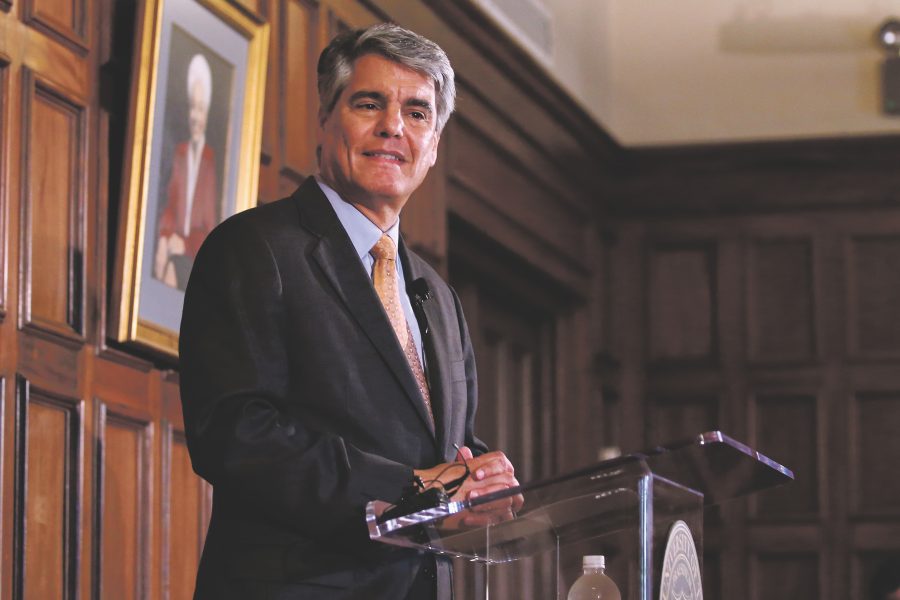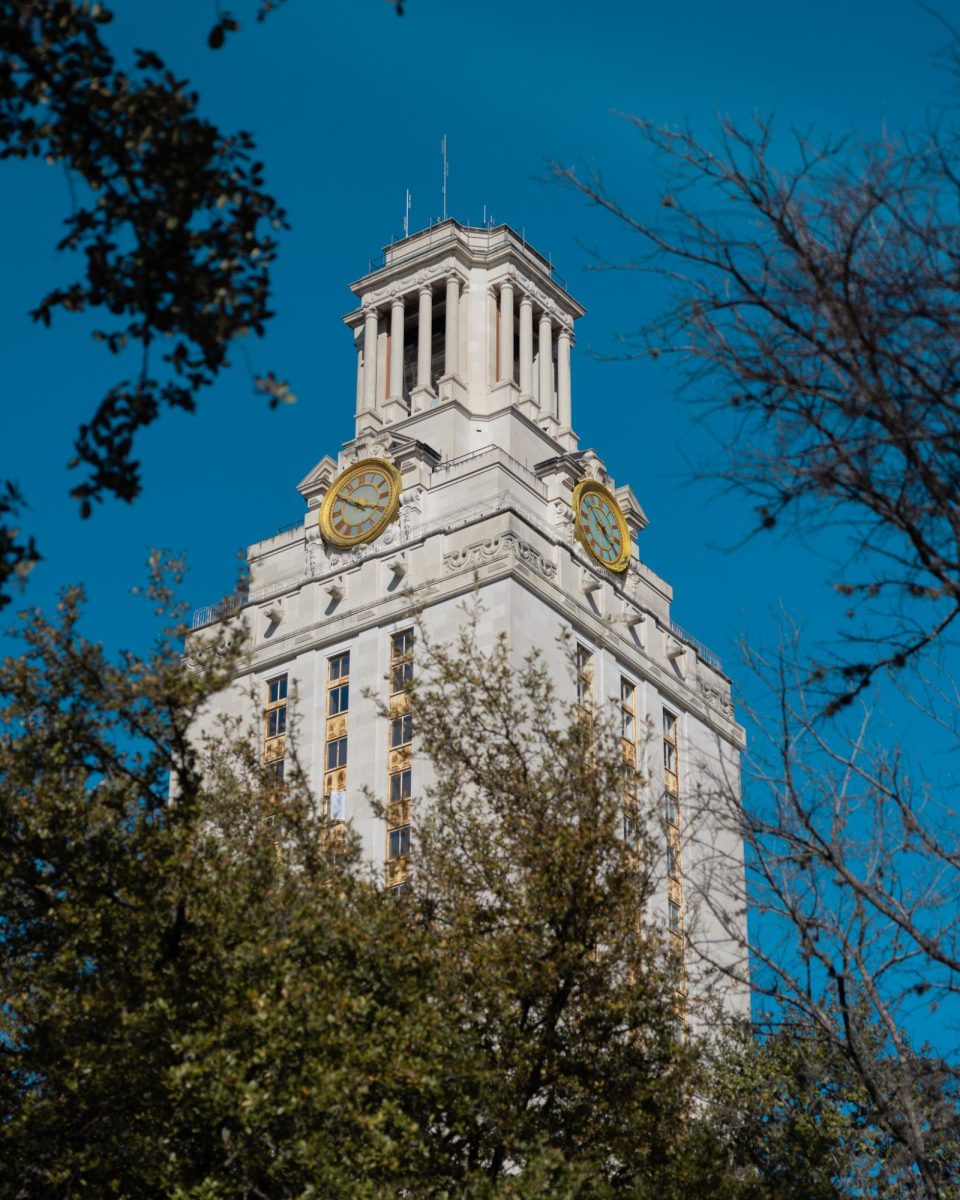New University President Gregory Fenves starts his tenure with a base salary of $750,000 — more than former President William Powers earned but still less than the amount he was originally offered.
The UT System Board of Regents offered Fenves a $1 million contract. Instead, Fenves offered to accept a salary of $750,000, comparing it to the presidential salaries of the University of Michigan and the University of California.
“$1 [million] is too high for a public university,” Fenves wrote in an email to then-Executive Vice Chancellor Pedro Reyes. “It will attract widespread negative attention from students and faculty given the difficult budgetary constraints of the past five years. With many issues and concerns about administrative costs, affordability, and tuition, such a salary will affect the ability of the president to work with the Texas Legislature on matters.”
The University of Michigan hired its current president in 2014 with the base salary of $750,000. Texas A&M’s president makes $1 million in base pay with an annual $400,000 bonus, and the University of Houston’s president and chancellor makes $1.1 million in total compensation.
UT compares itself to a variety of institutions that it considers to be similar in terms of funding, research and size, among other metrics. Reyes said these comparisons are used to inform several different financial decisions, including funding and presidential salaries. The University of Michigan is considered comparable, and therefore it was used in making the salary decision, according to Reyes and Fenves’ email correspondence.
“It just happens that Michigan is paying the president less than the average across the other institutions,” Reyes said. “Michigan also has a medical school, but it all depends — there are so many pieces to compensation, not just the salary. There are perks within the offer that obviously may be more than the $750,000 that Michigan is paying. We don’t know the specific elements of the compensation program.”
Since UT looks at other flagship research universities for comparison, it does not compare itself to other Texas universities in making financial decisions, so the salaries for the A&M president and UH president and chancellor did not factor into the process.
Reyes, who now acts as special assistant to the chancellor, said the Board of Regents determines presidential salary based on the market of comparable university presidents.
“Given the talk of execution and responsibilities, that’s how one determines the rate to be used for potential offers,” Reyes said. “We don’t use only one institution to benchmark salaries. We use multiple institutions.”
Fenves’ decision to lower his base salary in comparison to Michigan shows university standards as well as his own, UT spokesman Gary Susswein said.
“The fact that he would make that comparison in his email is just reflective of how he approaches things as an engineer but also what we do as a university,” Susswein said.
Fenves also accepted 10 percent annual bonuses instead of the original offer of 12 percent. He said in the email to Reyes he did not want any decisions or actions to seem like performance bonuses influenced them.
Fenves declined to comment beyond his emails on his reasons for turning down the original base salary and bonuses offered.
Public policy professor Jeremi Suri said he has worked with the new president on several University-wide initiatives, including the Campus Conversation, a year-and-a-half-long project bringing faculty together in an attempt to improve the quality of undergraduate education.
Based on his work with Fenves, Suri said there are three traits that make Fenves worth much more than he is currently being paid.
“So the three things are: He connects people, he raises money and he understands the issues deeply,” Suri said.
To read our editorial board's opinion on this issue, click here.


















